A Uruguayan Air Force Flight 571, carrying 45 passengers, crashed into the Andes on October 13, 1972. Authorities in Uruguay, Chile and Argentina launched and supported extensive search and rescue operations. Still, after ten days without any results, the passengers were presumed dead, and the search was discontinued. After 70 days, two bearded and emaciated boys appeared in Chile, coming on foot out of the Andes and claiming to be the missing plane’s passengers. Rescuers watched in disbelief as the boys led them to 14 other survivors from the plane who had lived for over two months on the mountain. As soon as they were rescued, international media attention was focused on how they had outlived such a hostile environment for so long.
Most of the 45 people on board were in their late teens and early twenties, members of an Uruguayan rugby team travelling to Chile for an exhibition, and they went wild when the plane hit turbulence and dropped several hundred feet. As the plane hit a second air pocket and dropped, some more-the passengers suddenly spotted a mountain face just 10 to 20 feet away from them as they fell beneath the cloud cover. The plane was chartered to fly the Old Christians Rugby Club of Montevideo, Uruguay, to Santiago. A total of 19 members were aboard, while most of the other passengers were friends and family of team members. As the co-pilot flew through the cloud-obscured mountains, he began his descent prematurely. Survivors reported feeling turbulence before a black ridge appeared directly in front of the plane. Despite the pilot’s attempts to fly straight up and over the ridge, the plane hit the mountain, breaking into several pieces and skidding until it came to rest on a glacier. In addition to the pilot and the co-pilot who operated the controls, 12 other people died in the crash. The survivors learned of the cancellation of the search via a makeshift radio on their eleventh day in the mountains. The survivors quickly ran out of food.
Survivor Roberto Canessa recalls
After just a few days, we were feeling the sensation of our bodies consuming themselves to survive. Eventually, after prayer and heartbreaking deliberation, all but one of them agreed that the solution was to eat the dead. If they hadn’t resorted to cannibalism, all those remaining would have perished.
Search and rescue
The survivors were taking shelter in the plane’s fuselage when an avalanche struck, killing eight more and nearly burying the rest. To find help, four expedition members set out in search of the local valley on November 15. They found food and medicine in the tail of the wrecked plane, even though they were forced to turn back. The survivors realized that climbing the mountain to the West would be the only way to reach help, so they knit insulation from the aeroplane into a sleeping bag so that the men they would take on a second expedition could keep warm. The climbers reached the summit on the third day of their three-day journey and realized that they were more profound into the mountain range than they had expected – their assumption that they were close to Curicó, Chile had been based on the same navigational error that had caused the crash. As they approached their deaths, Parrado and Canessa hiked onward for nine more days, eventually following a river down into a valley where they found help. In January 1970, two Chilean Army helicopters reached the crash site and evacuated the survivors after a muleteer had rescued them.


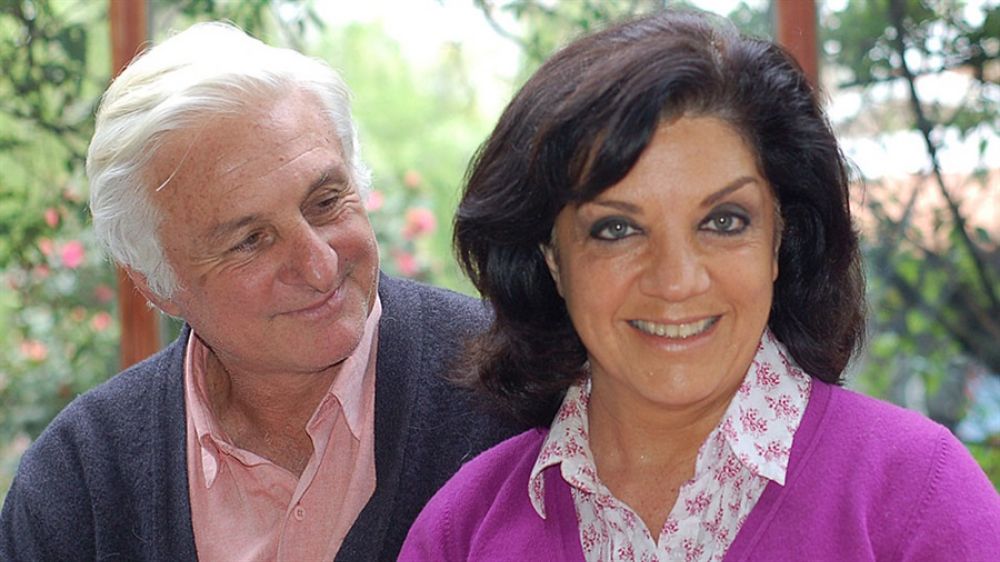
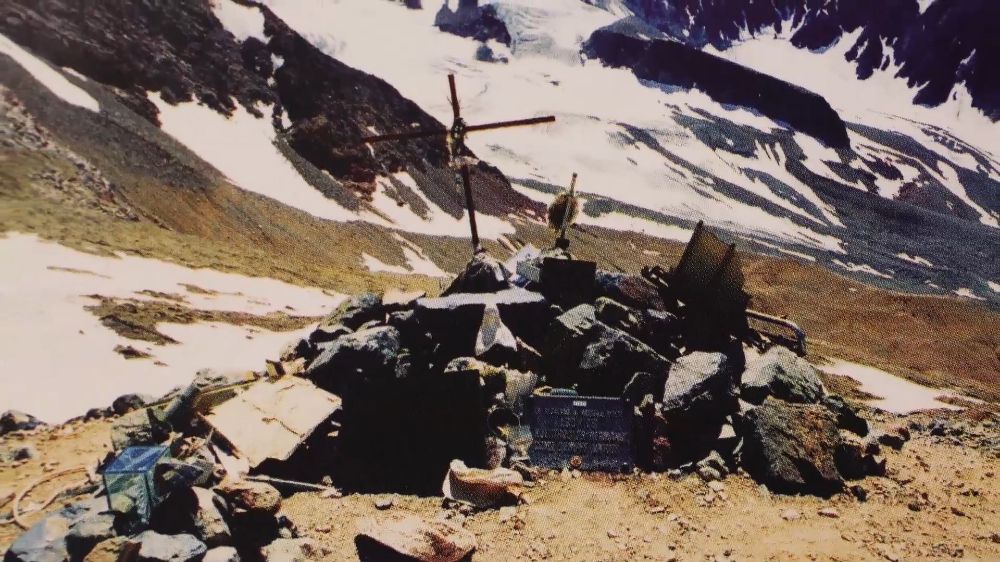
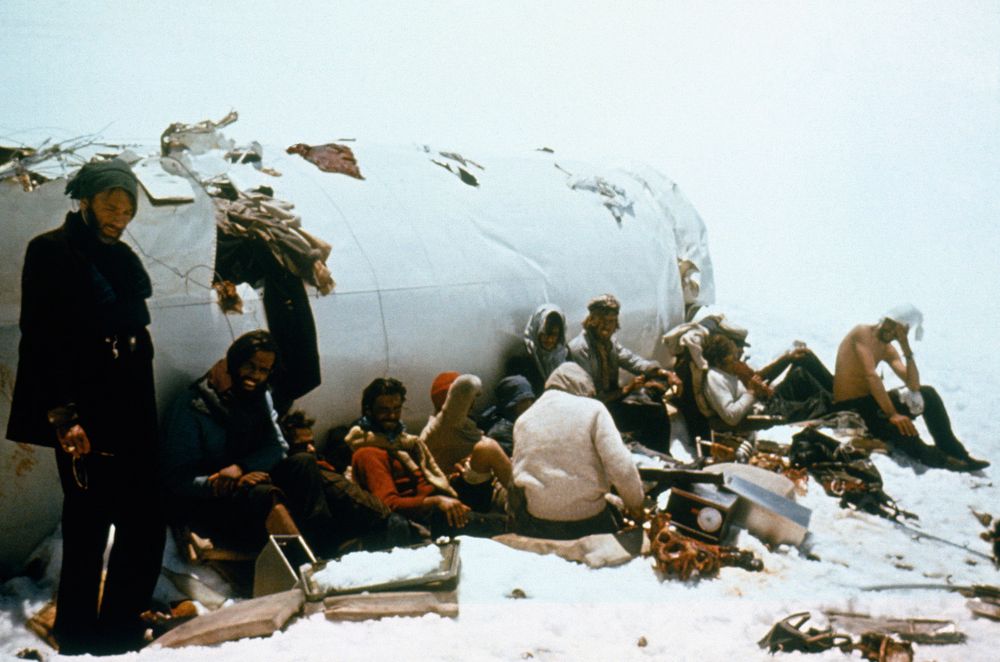
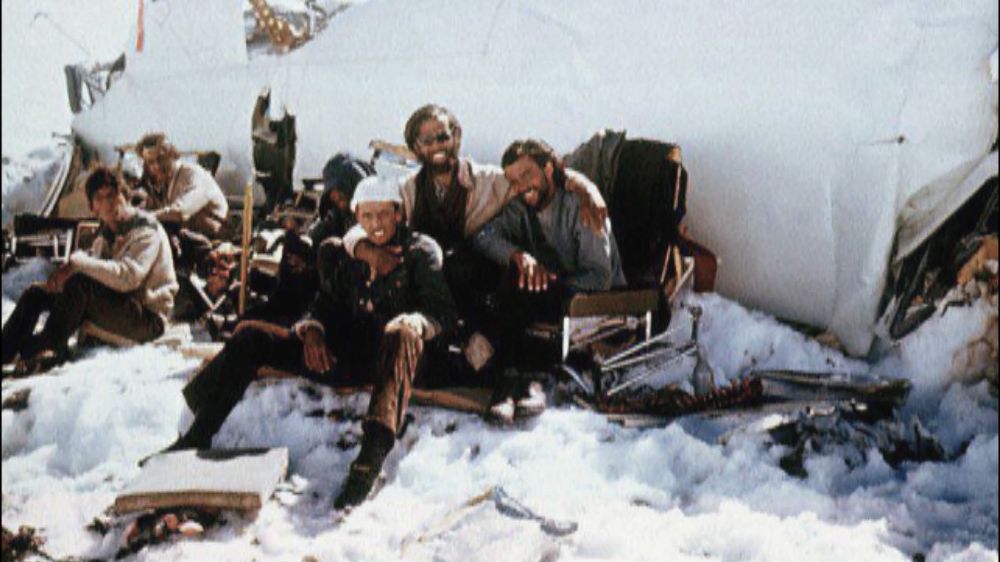
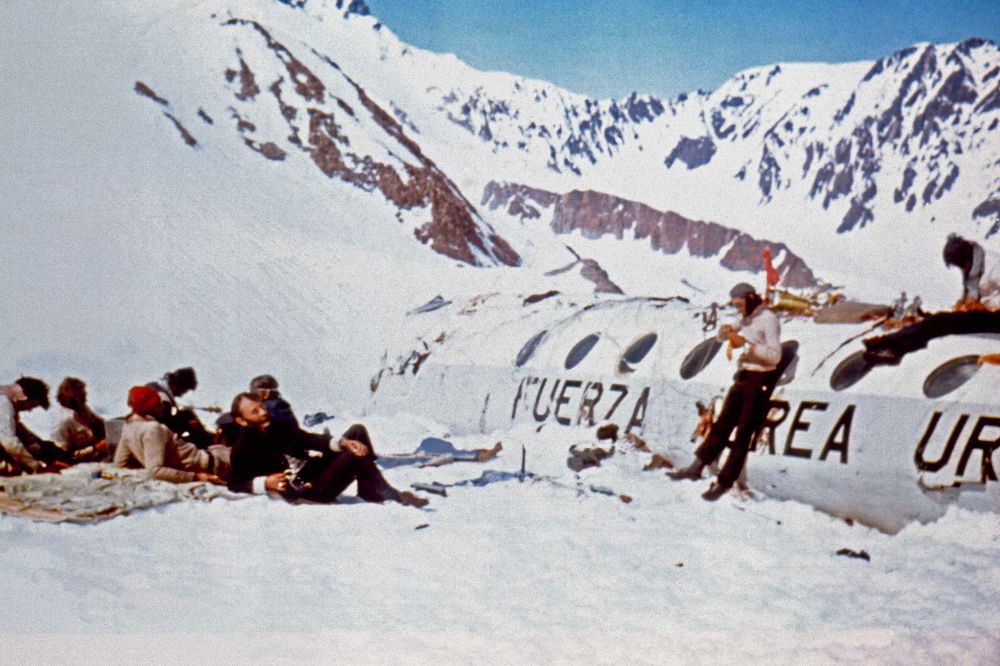
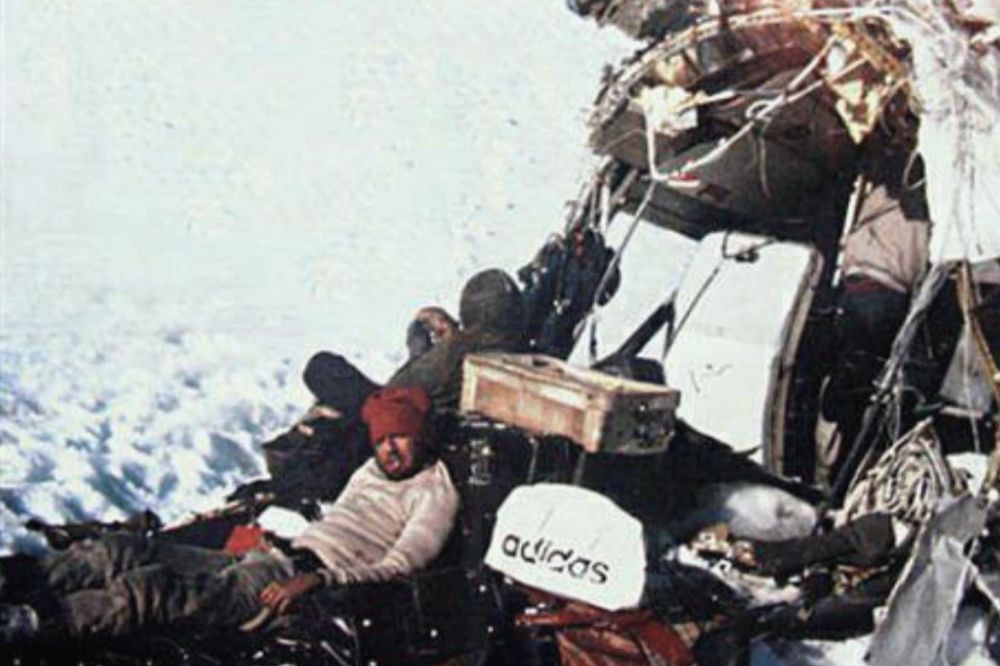
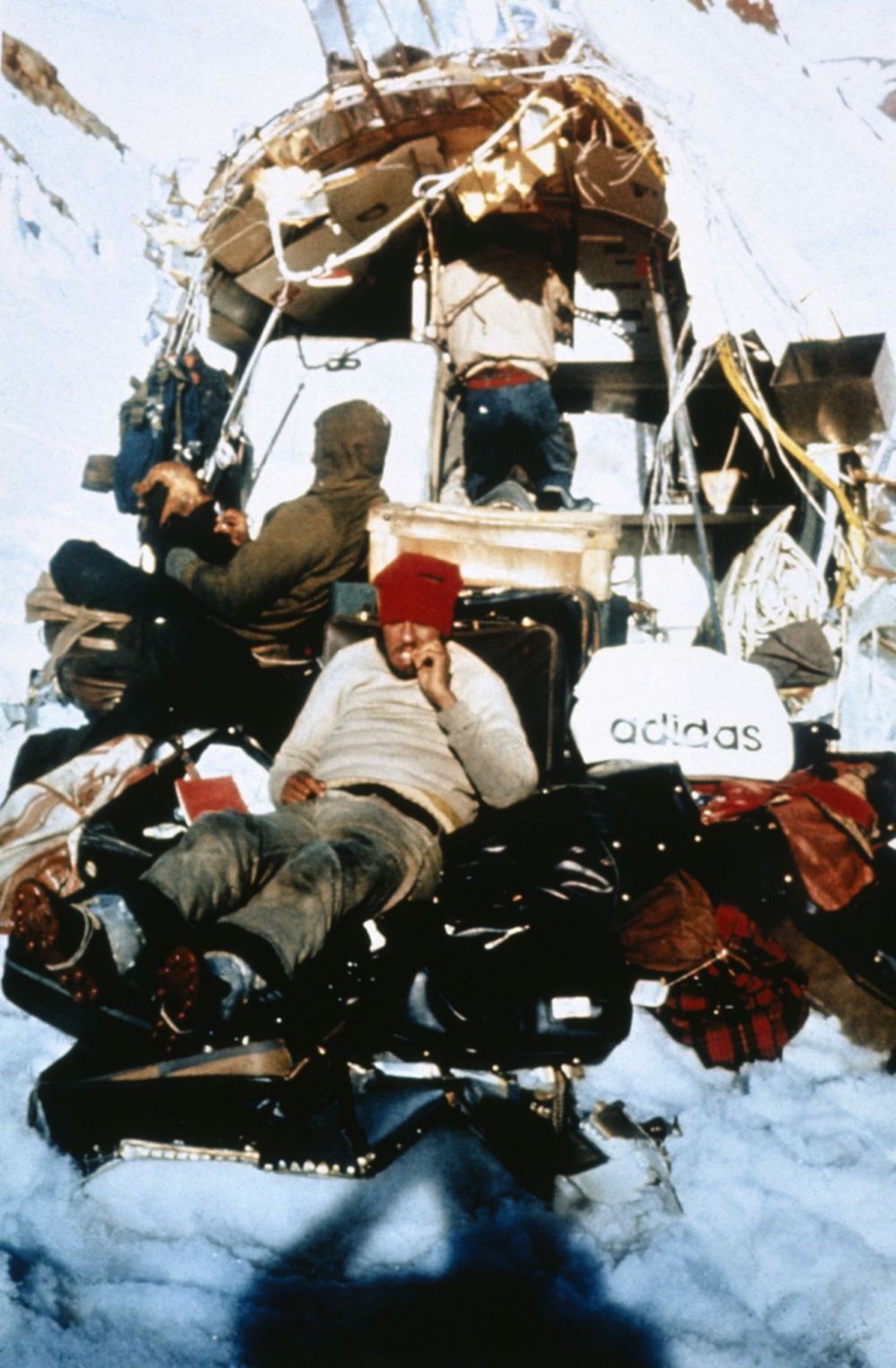
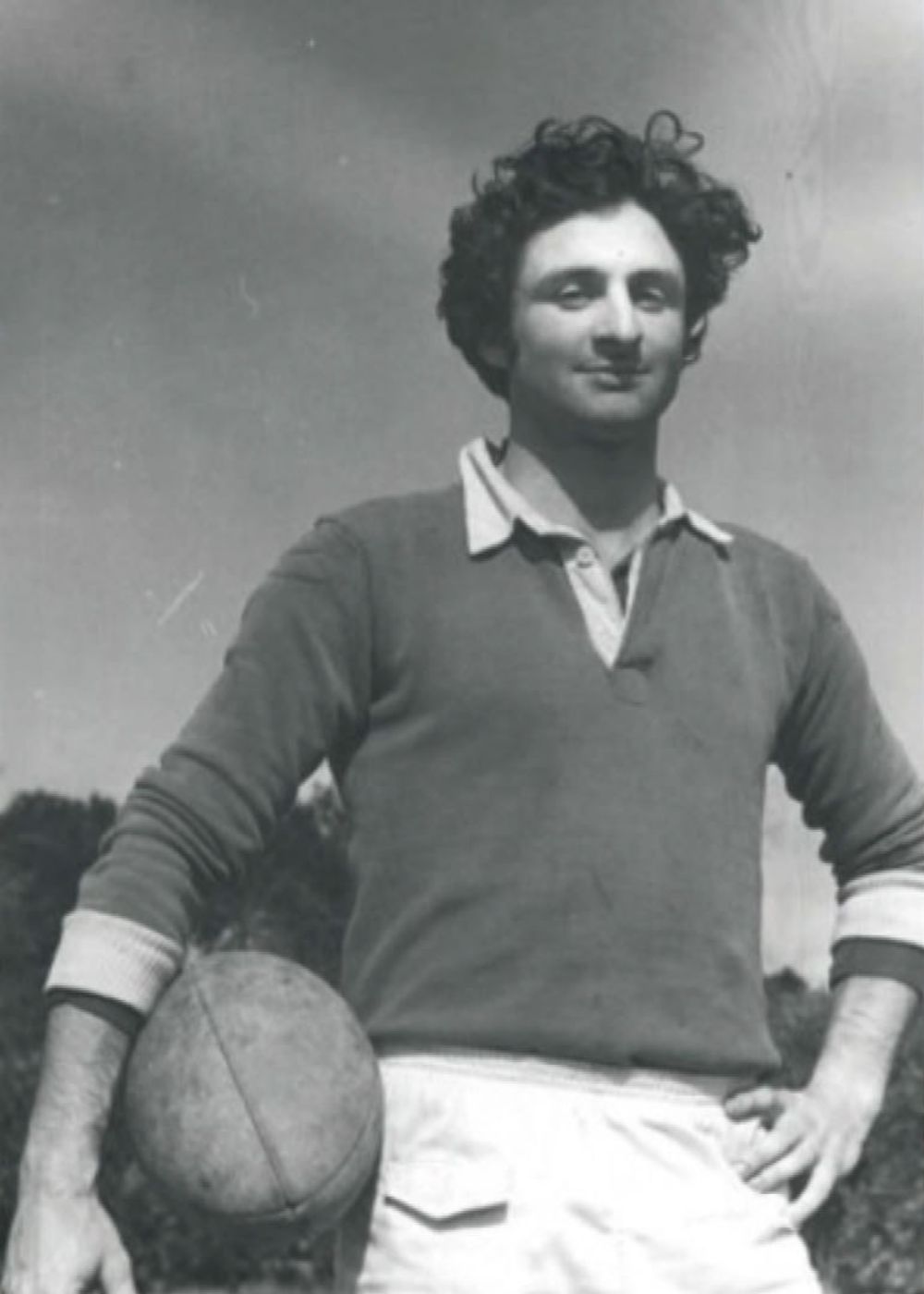
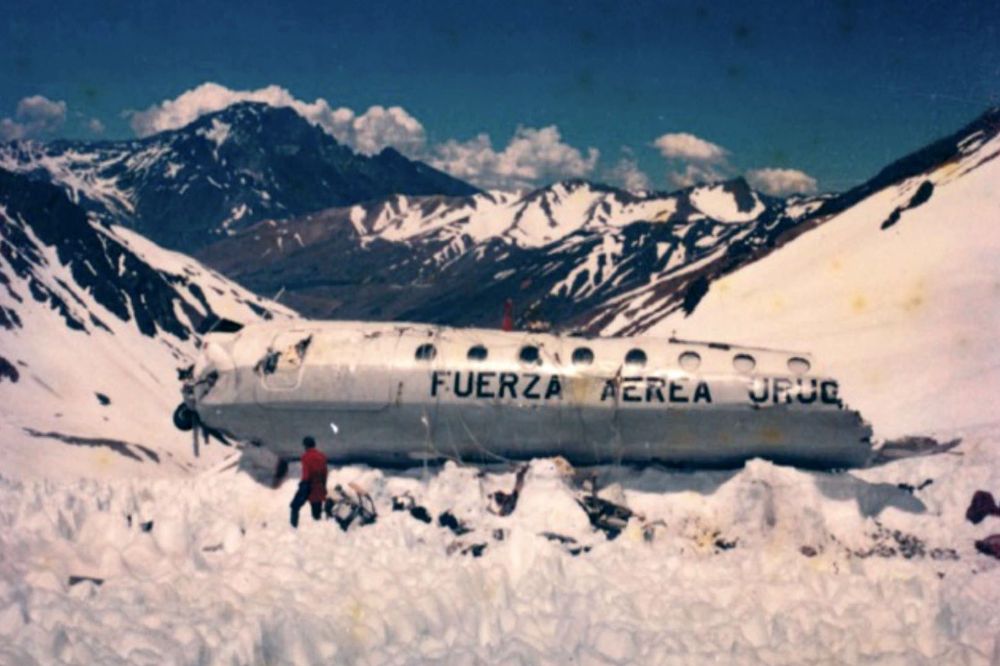
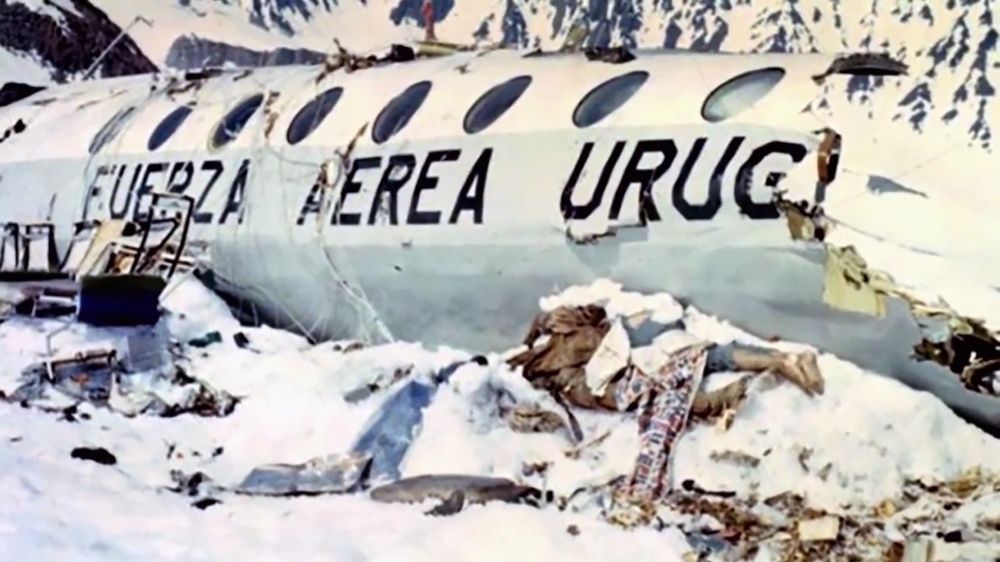
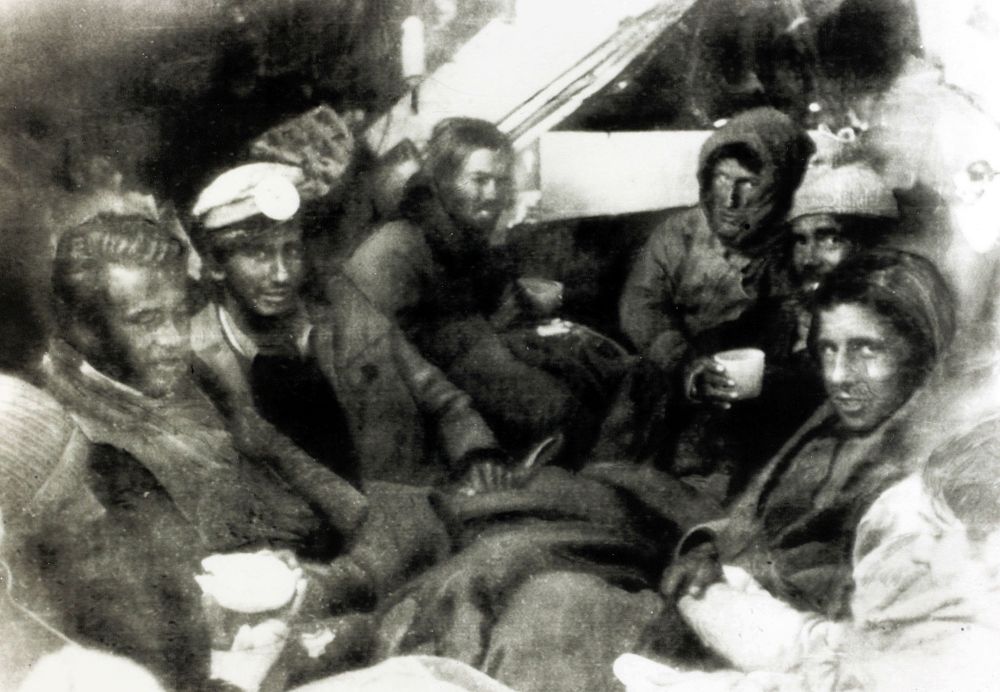
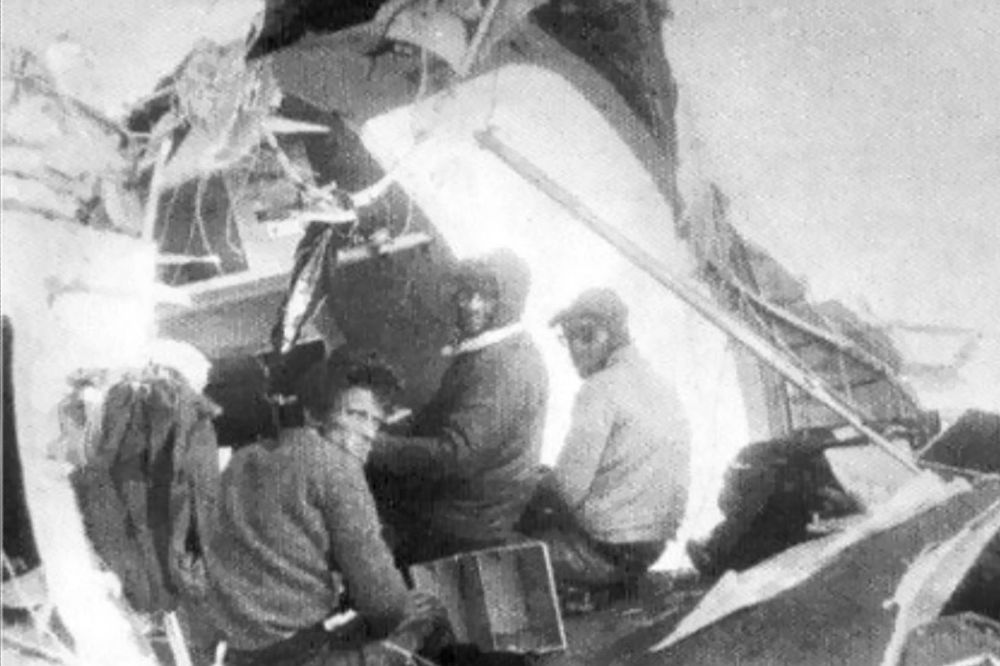
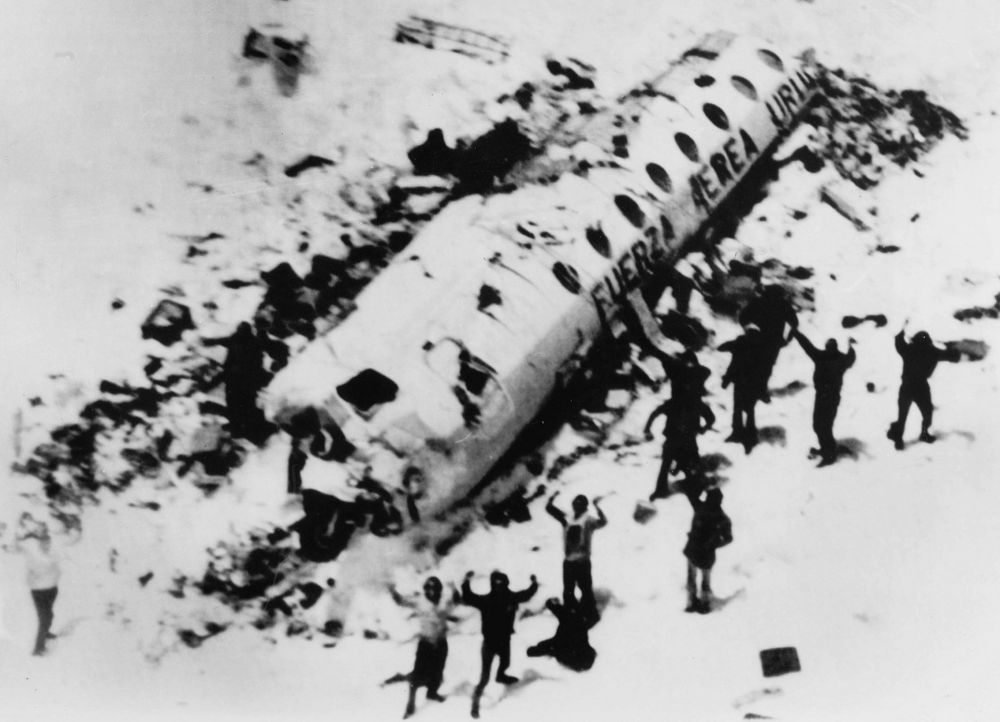
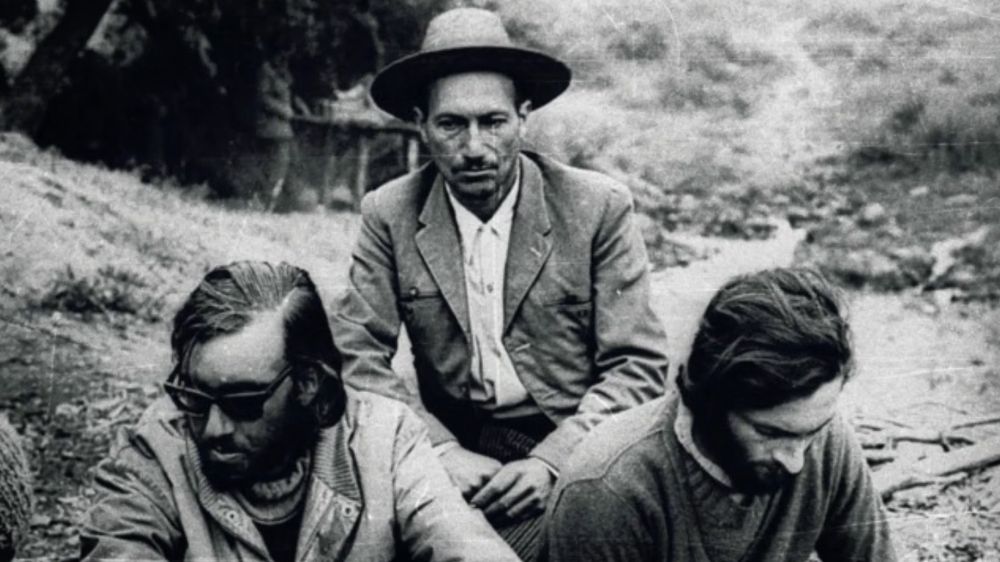
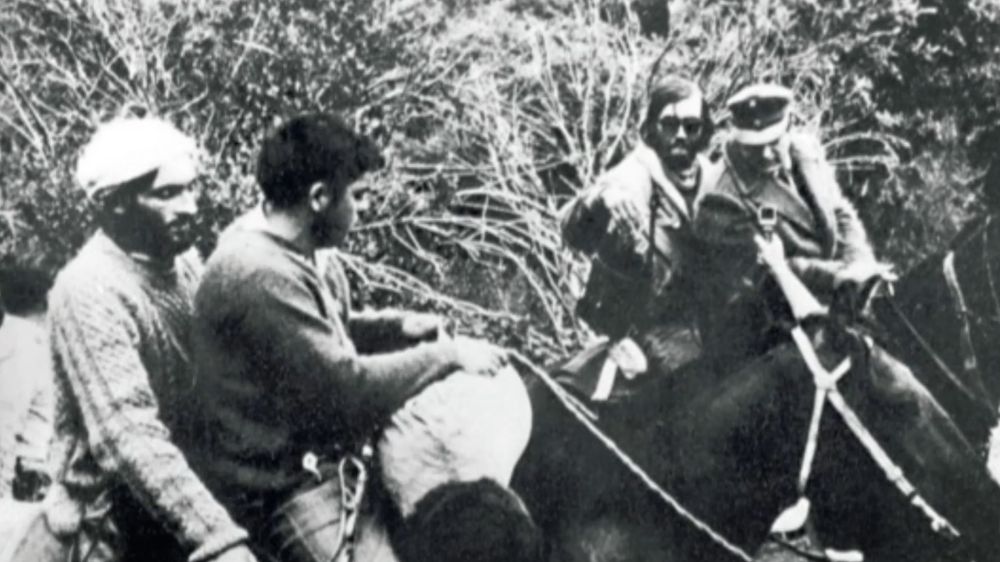
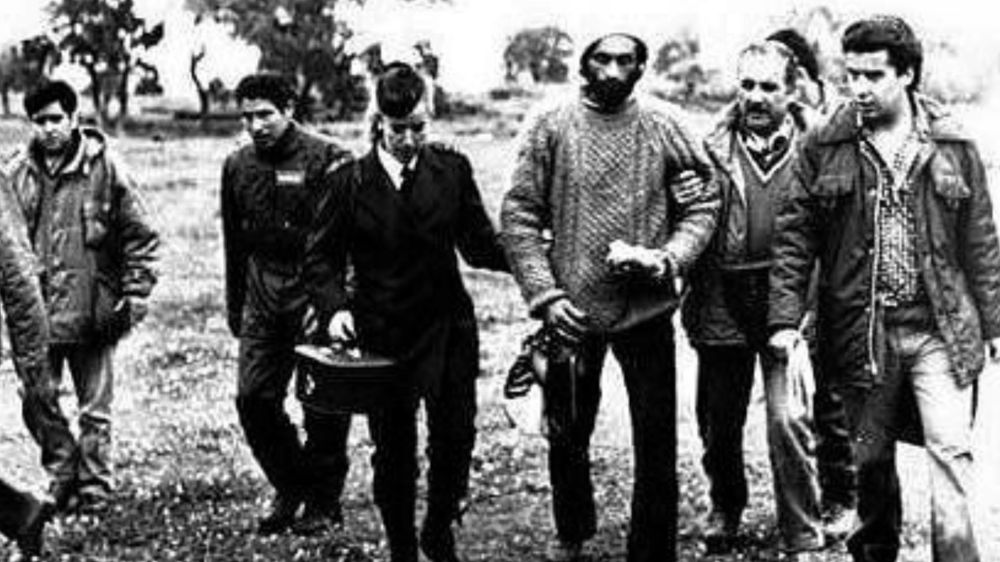
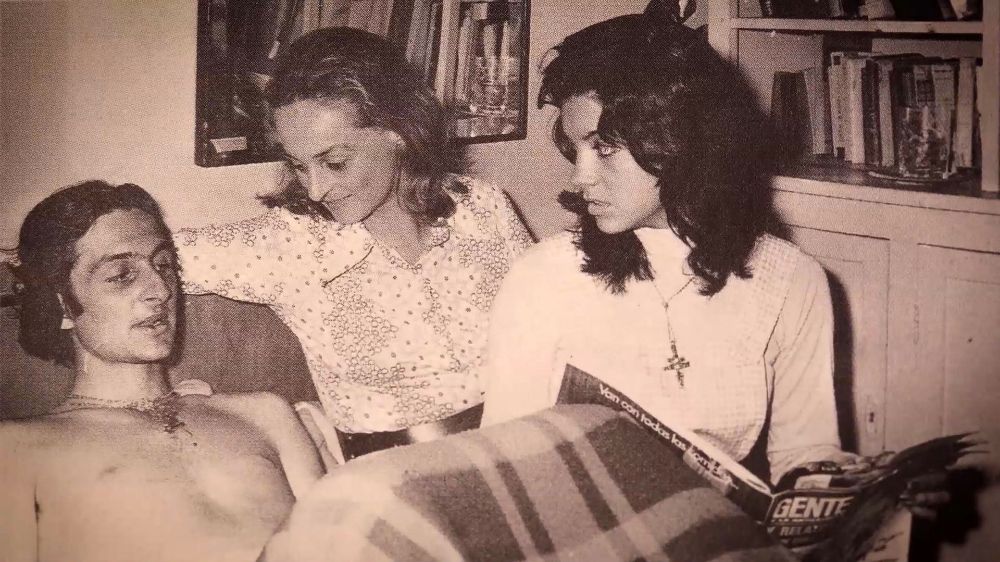


Not exactly my idea of a miracle